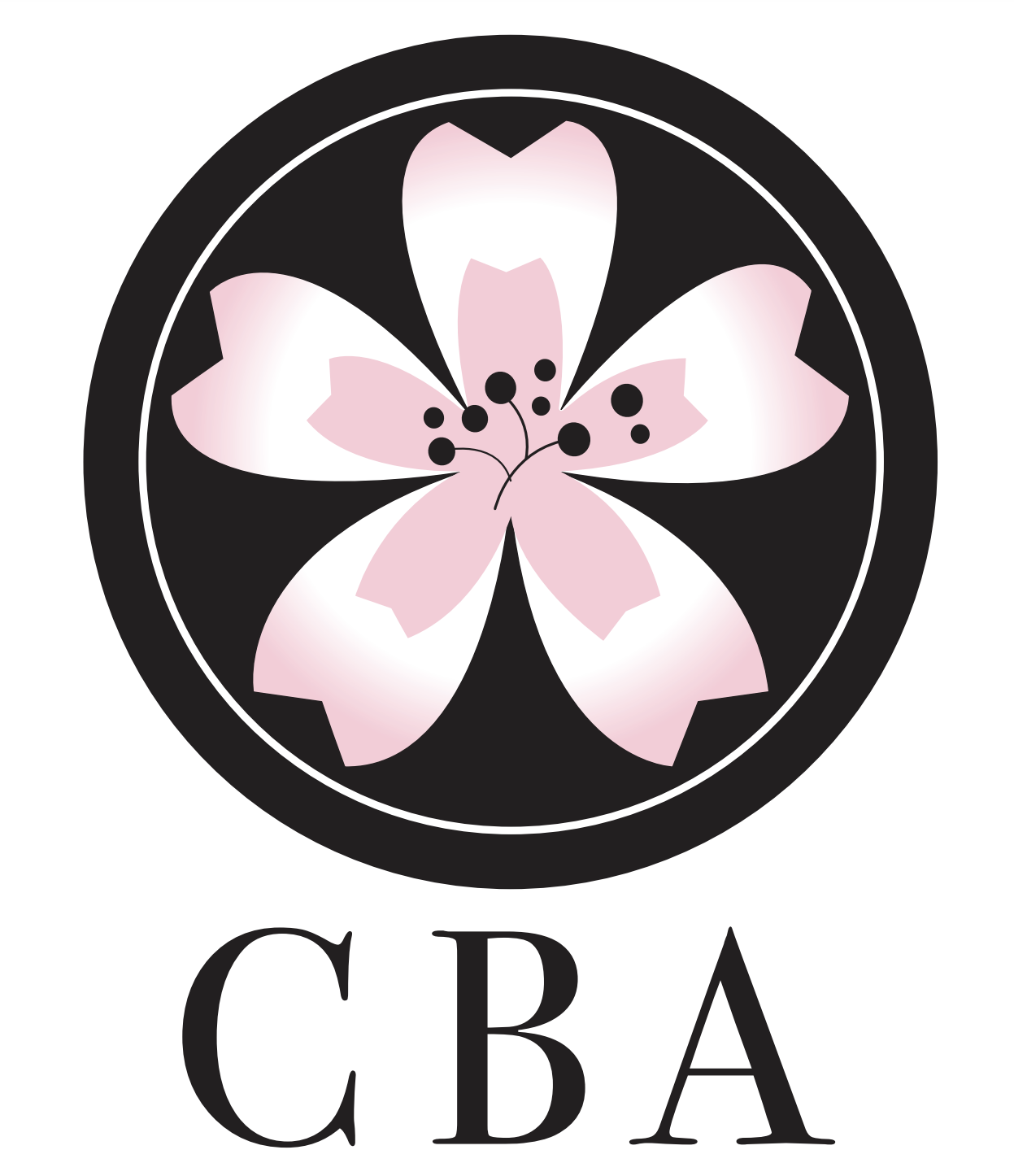A couple of years ago, I was standing in line at a Bay Area obon bazaar to order some food. While waiting, I noticed a young woman in line wearing a yukata (cotton kimono), but wearing it incorrectly – her collar was folded “right over left†in front, which means death in Japanese. Since I started Japanese classical dance at a young age, I was taught early on to fold the collar on a kimono “left over rightâ€. So I thought I would help the woman out, figuring she probably didn’t know. I politely mentioned to her that she was wearing her yukata backwards. What surprised me was her response. She said, “I know. Several people have told me.†But she didn’t immediately change her yukata to wear it properly, but just stood in the food line with her boyfriend and had no intention of fixing it. This example is a perfect snapshot of why CBA is needed, and why our Japanese American community is at risk of losing our JA culture.
CBA’s mission is to give back to the Japanese American community through volunteerism, education, cultural appreciation, leadership and financial support. As a yonsei (fourth generation Japanese American), one of the things dear to my heart is passing on our Japanese American culture to our future generations – the same culture that was passed on to us from our sansei (third generation JA), nisei (second generation) and issei (first generation). Unless our culture is passed on from one generation to the next, it will be “lost†or as in the example cited above, even worse our culture is misunderstood so it lacks the original meaning it was intended.
As more Japanese Americans become assimilated and as the older generations pass away, we lose the JA traditions from one generation to the next. I am concerned that some young Japanese Americans today do not understand the importance of our JA culture – or understand the history, struggles and reasons why our culture is ingrained in tradition. To truly understand our Japanese American culture, it is important to be an active participant in our culture, not merely a passive observer. We have been shaped by the Issei and Nisei who endured internment camps during World War II. For young people who are used to being online or mobile 24/7, it might be a bit of shock that learning our culture is not reading about it online, but it takes years of active “hands on†experience to learn from our parents, grandparents and sensei (teachers). It is not something that is taught in a day. Our culture is not just about Japanese food, either. It’s incorporating our values in how we live our everyday life.
More to come…
